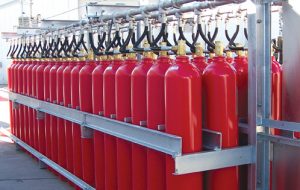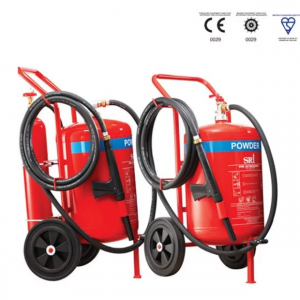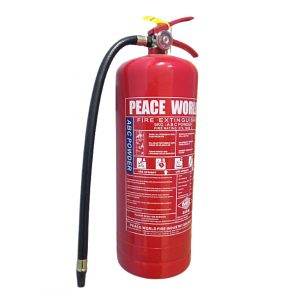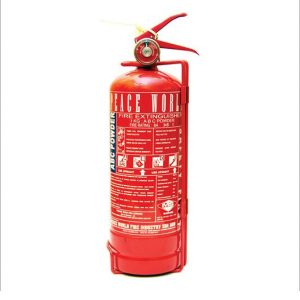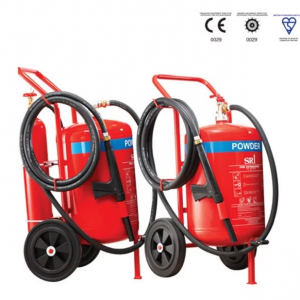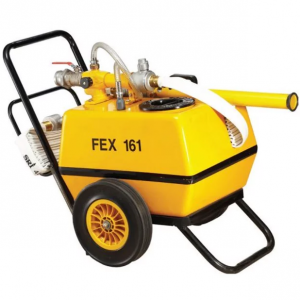TYPES OF FIRE SPRINKLER SYSTEM
A fire sprinkler system actively protects property and occupants by discharging water to control or extinguish fires. It includes a water supply system that delivers adequate pressure, a piping network that connects to the sprinklers and the sprinklers themselves, installed in ceilings or sidewalls.
Fire sprinklers significantly reduce property damage and minimize injury risks. These systems have become a fire protection standard, with over 40 million devices installed globally each year. They control or extinguish 96% of building fires effectively.
In this article, we will learn the types of fire sprinkler systems:
1. Wet pipe


It is the most common type in residential buildings. They are also the most reliable because they are simple. This is how they work; cold water is stored under pressure in the pipes and when a certain point of heat is reached, the water is being discharged by the fire sprinkler system.
2. Dry pipe

This system takes slightly longer to activate. Most systems are used in unoccupied or unheated buildings where pipes might freeze and burst. It also offers advantages for protecting valuable collections and other water-sensitive areas.
 Typical layout of dry and wet pipe sprinkler systems
Typical layout of dry and wet pipe sprinkler systems
3. Deluge

This type of system works well in areas where rapid-fire spread is a major concern, such as loading bays, warehouses and high-rise buildings. The nozzles stay open. When a fire alarm initiating device triggers, it opens the deluge valve. This action allows water to enter the piping system and all sprinklers discharge water simultaneously.
4. Pre-action

Pre-action sprinkler systems combine features of wet and dry pipe systems, making them ideal for areas at high risk of water damage. These systems work well in locations where accidental activation is particularly undesirable, such as museums housing rare artworks, manuscripts or books and data centers protecting sensitive computer equipment from unintended water discharge.
5. Foam
A foam water sprinkler system discharges a mixture of water and foam concentrate when activated. This system is typically used for high-challenge fires, such as those involving flammable liquids. You can integrate the foam into any of the systems described above.
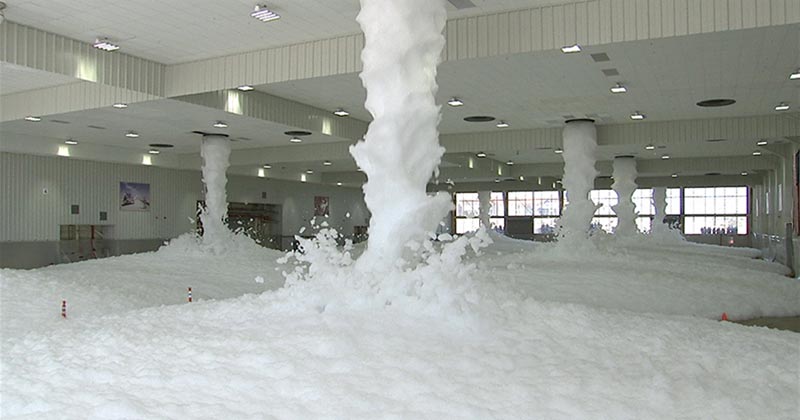
6. A water spray
Water spray systems function similarly to deluge systems but are designed to protect specific hazards rather than covering all horizontal floor areas. For example, water spray systems typically protect electrical transformers.
7. Water mist
A water mist system works well in situations where water might cause damage or where water supplies are limited. It uses a heat-absorbent vapor and can function as a wet pipe, deluge, dry pipe, or pre-action system. Compressed gas atomizes the water, turning it into a mist.
In summary, everyone should invest in a fire protection system, particularly fire sprinklers. These systems offer excellent protection for most buildings by minimizing damage and preventing loss of life during fire emergencies.
AITO is equipped to design, install, and maintain state-of-the-art fire sprinkler systems tailored to your facility’s specific needs. We ensure that your property is fully protected with reliable and compliant fire suppression solutions, providing peace of mind and safeguarding lives and assets
Email us now to discuss how our fire safety consultants can assist you to follow the regulations to ensure your business is meeting its obligations. WHATSAPP FOR MORE INQUIRY or call 03-7831 4791


